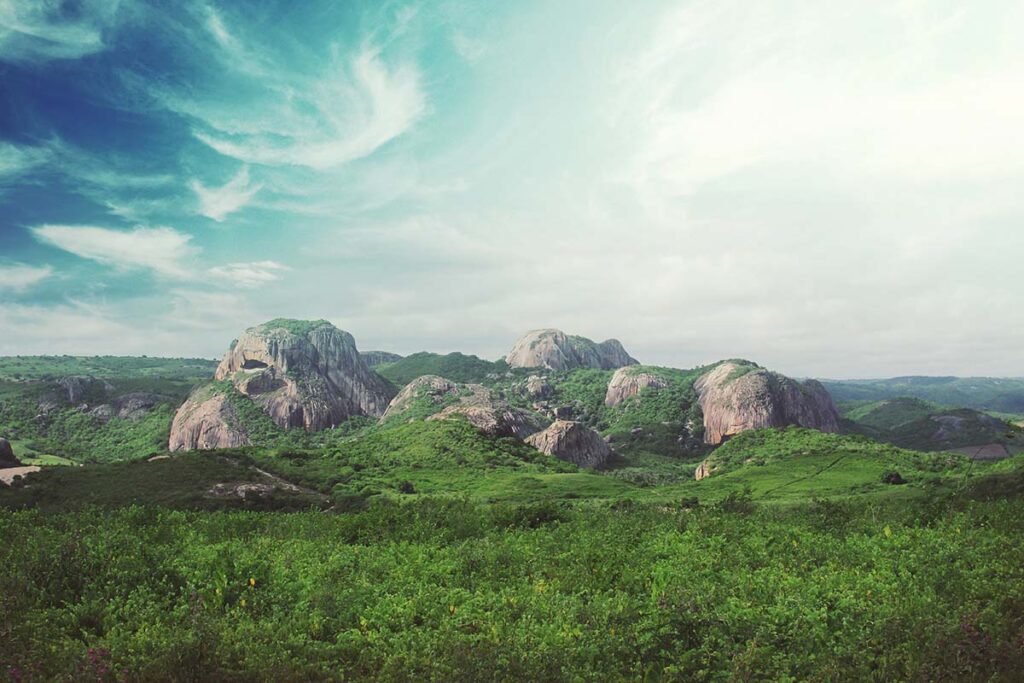
Altitude and the Coffee Tasting Profile
The world’s greatest coffees are grown at high altitudes. But why is this?
A general rule of thumb is that the higher the elevation, the denser the bean and the more intense the flavours. The ideal coffee growing conditions are close to the Equator with abundant sunshine and at altitudes where the high elevation produces cooler temperatures during the night. This provides a slower growth cycle for the coffee tree which allows for a more complex development of the sugars in the bean, creating deeper, more interesting flavours. Better drainage at high elevations also reduces the amount of water in the fruit resulting in further concentration of flavours.
What’s more, as altitudes increase fewer insects are present to damage the coffee cherry. Arabica coffee trees are delicate plants vulnerable to pests. Interestingly, Robusta has twice the amount of caffeine as Arabica. Caffeine is a natural pesticide, making Robusta coffee much better suited for the harsher conditions at lower altitudes where insects thrive. Countries such as Hawaii, which grow their coffee at low altitudes around 2000ft- 3000ft produce less complex beans which tend to be fragile and can lose their personality quickly, especially if they’re not roasted properly.
The top coffee producers such as Colombia, Sulawesi, Papua New Guinea and most of East Africa typically grow their coffee’s above 5000 ft. This yields fruitier coffees with floral notes and a hint of spice, which explains all the complex flavours you can taste in your monthly coffee subscription.


25% off
your next order
Enjoy the world's best coffee, freshly roasted & delivered to your door. Sign up to our mailing list for a welcome pack and 25% off your next Cafédirect order!

Thanks for
joining our
mailing list
A welcome pack is on its way and you get 25% off your next Cafédirect order!
